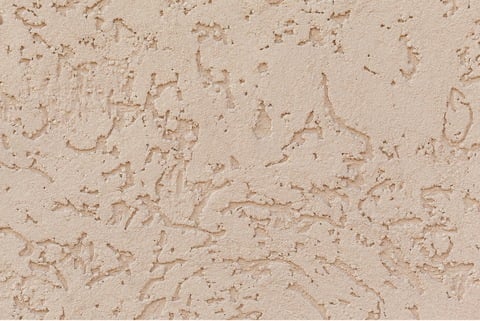Stucco is a long-lasting, durable construction material applied to building exteriors to increase aesthetic appeal at reasonable costs. We can also use it as decorative material for walls, ceilings, and even sculptural material for surfaces. It insulates our homes and protects these from harmful weather damages during hot and dry conditions. However, the porous nature of stucco discourages its usage in heavy rainfall areas. Correctly applied stucco can make your building energy efficient, fire retardant, and even less susceptible to noise pollution. The improper application causes water damages, molds, cracks, and staining.
Common Stucco Problems
Before diving deep into the common stucco repairs, it is pertinent to acquaint ourselves with stucco problems. Usually, there are three types of issues.

- As we know, excess water absorbed in stucco cracks causes molds to appear. Molds not only make your building aesthetically unpleasant but poses a continuous health risk to the residents. Therefore, timely identification of the water source and stucco repair is necessary.
- Stucco is always prone to two types of cracks: the one due to water damages below the surface and the other due to poor craftsmanship. It is still impossible to patch the cracks that match your building exterior. However, the cracks appear several years after installation.
- Staining is another standard stucco issue due to overflowing gutters, dirty windows, and other contaminants flowing from the roof. Sometimes, home decors on the walls, lighting fixtures, handrails, and window boxes also cause stucco problems.
Most Common Stucco Repairs
After identification of the issues, timely rectification is mandatory to maintain the aesthetics of the building. We can DIY repair minor damages. However, always seek professional help for significant repairs. The most common repairs are:
- Large Holes
Repairing large holes is always challenging because the fixed part often does not match the rest of the building. However, you can clean the loose stucco left in the gaps with a chisel and hammer. Apply a quarter-inch coating using a trowel and scratch it after it becomes stiff. Dampen the first thick layer with a sprayer and apply the second thin layered coat. Use a flat surface object to smooth the coating and apply the third layer after the second dries. Also, rub it with a flat surface object.
- Small Holes
Small hole repair is relatively easy. First, clean the little hole with a pointed surface. Apply stucco patching compound with a putty knife. Ensure tight packing of the stucco in the spot and let it dry. Apply the second coating using a patching compound to match it with the rest of the surface.
- Repairing Cracks
Usually, there are three types of cracks that appear. These are stucco cracks, hairline cracks, and wide cracks. Therefore, the repair depends on the size of the gaps. For hairline cracks, we can use acrylic latex paint coating to match the rest of the area. However, it is useful to fill the cracks with caulking compound and then apply latex paint. Repairing stucco cracks is just like repairing holes. We can use an all-purpose filler to repair wide cracks. Usually, these fillers have premixed bridging and patching compounds.
- Repairing Stained or Weathered Stucco
Most people think it easy to repair stained or weathered stucco. They believe that new painting on the surface will remove stains. They overlook the fact that moisture will blister and peel off the paint within a short time. Therefore, we always recommend you re-stucco the whole wall to get rid of the issue. Always contact a professional of stucco repair for quality work because they have the right tools and equipment.
Looking for a reliable and high-quality painting company? Look no further than Life in Color! Contact us at our website or call us at 480-229-7615.
